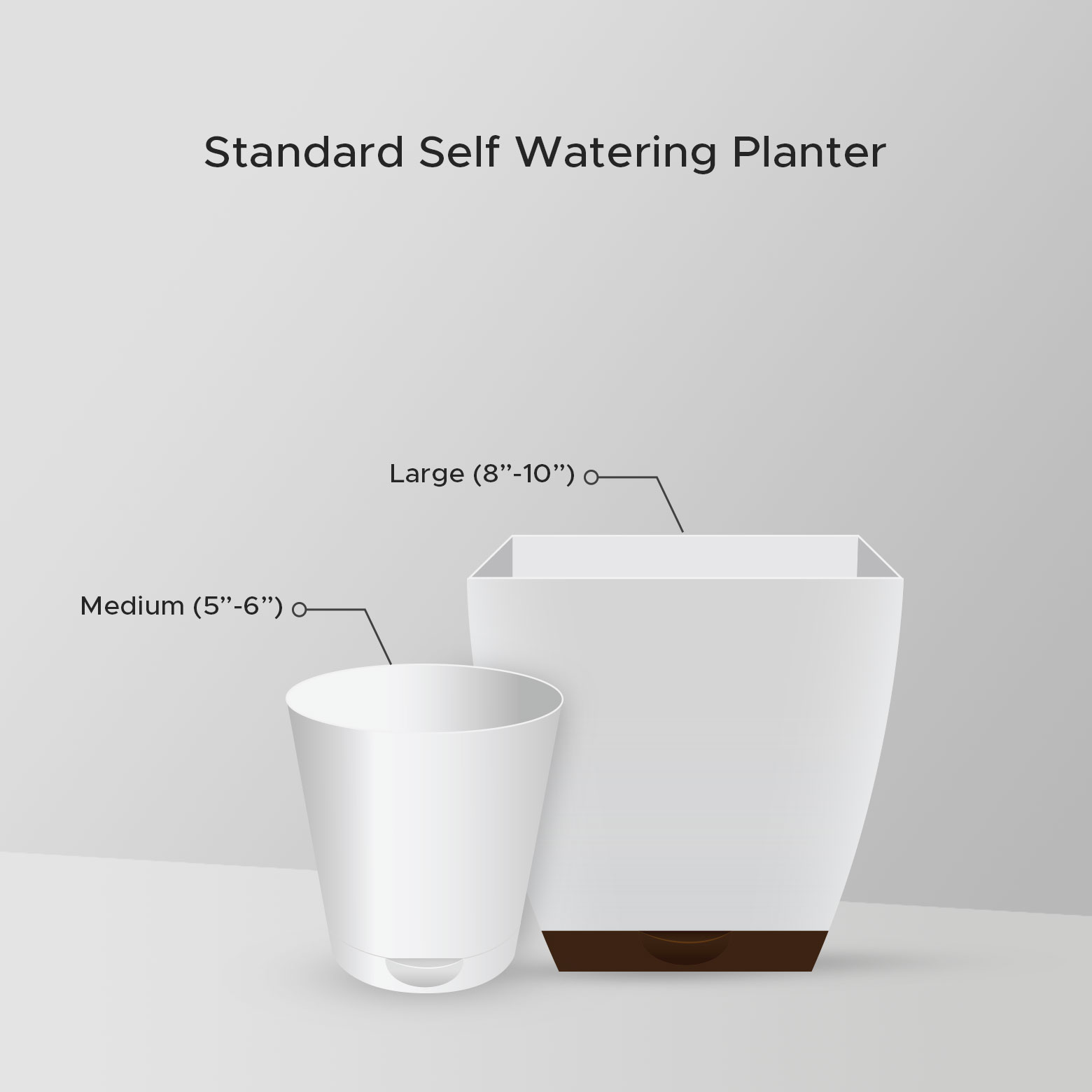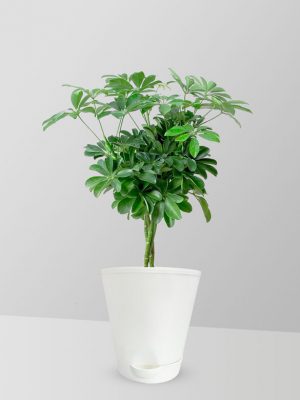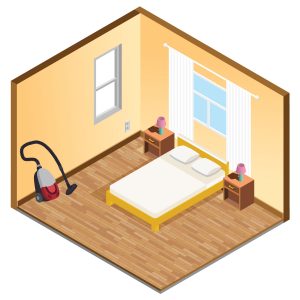- Excellent houseplant, stunning addition to interiors.
- Shiny medium-green leaves.
- As it matures it develops a solid woody stem.
- Indoors, it can reach a height of 10 feet, can be pruned to 6-8 feet.
- Removes air-borne toxins, especially formaldehyde.
- Easy to maintain.
Plant Essentials
Light
Semi- shade, indirect sunlight. Prefers bright light, but can survive in dimly lit areas.
Temperature
Average room temperature (16-24°C). Can survive lower temperatures upto 10°C for short periods.
Water
Keep soil moist but not soggy. Water less in winter. Mist often or wipe leaves with a damp cloth.
Media
Grows well in standard commercial potting soil. Also grows in Hydroculture.
Fertiliser
Apply weak (half strength) liquid fertiliser twice a month in spring and summer. Do not fertiliser in autumn & winter.


Potting
A sturdy pot (clay, ceramic, metai) is the best choice. It should be heavy enough to ensure that the plant doesnot tip over easily as it grows. Should have good drainage.
Other Tips/ Info
A Commercial Fertiliser will work if it is diluated to half strength with water. Do not use water from water softner. Plastic pot is not preferred.
Preferred Pot Size
N/A
Maximum Height
8 feet
Approx. Spread
N/A


















1 review for Corn Plant
There are no reviews yet.